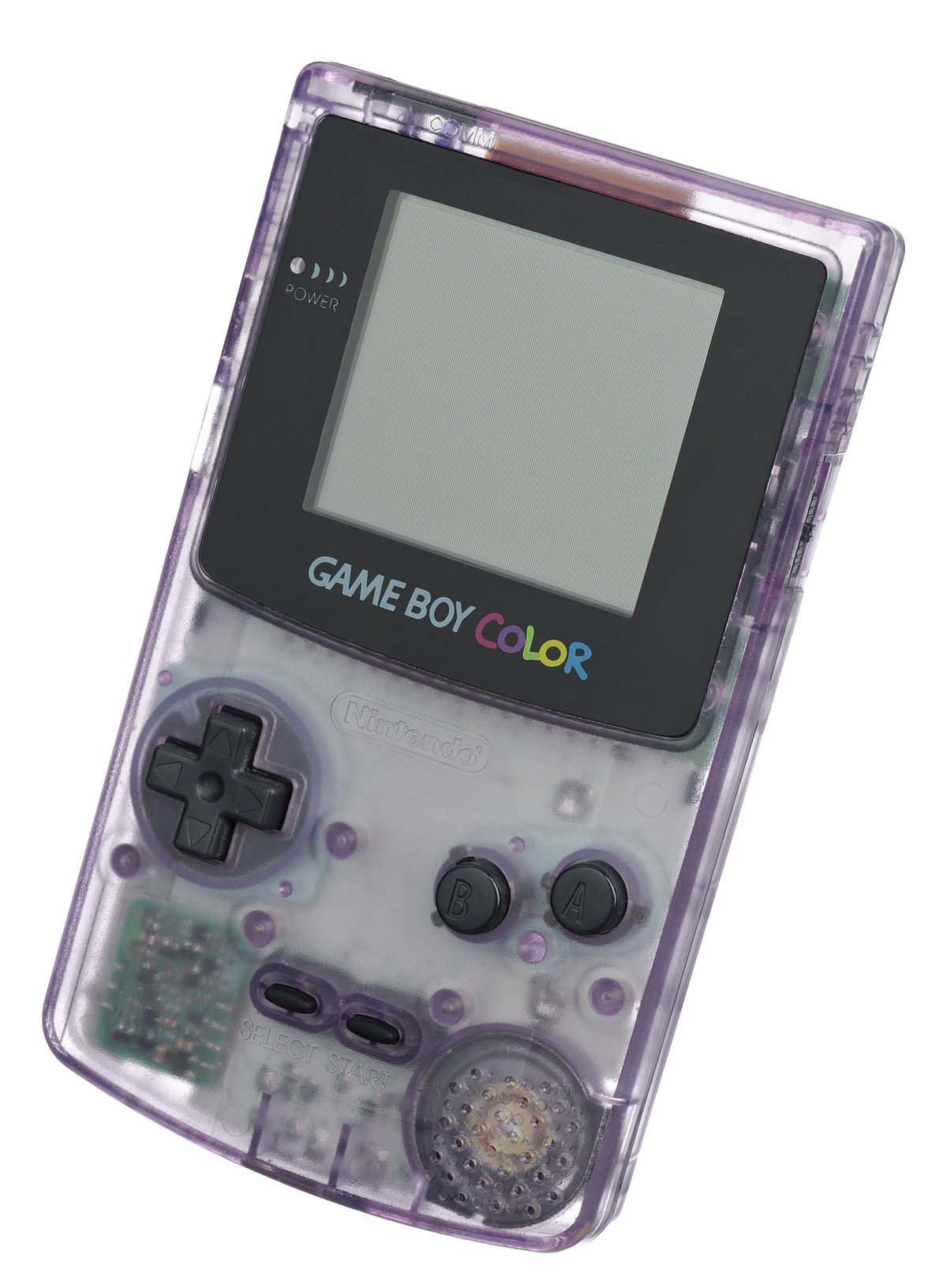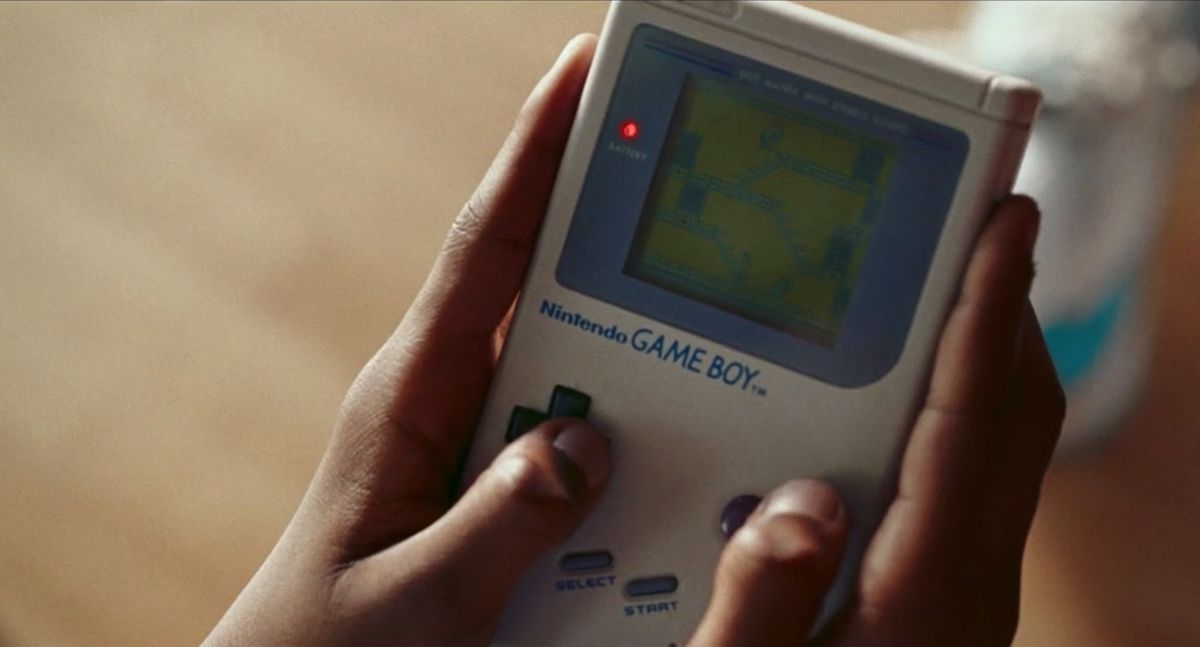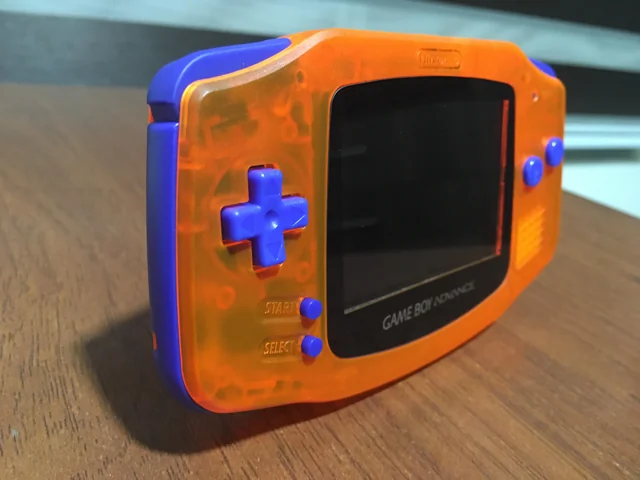The Game Boy, an unassuming grey box that revolutionized the world of video games, will always be remembered as one of Nintendo’s greatest successes. In the late 1980s, Nintendo dominated the video game industry with their console, the Nintendo Entertainment System (a.k.a. The NES). However, they were not content to rest on their laurels, and in 1989 they released the Game Boy, a handheld console that would change the course of video game history. The Game Boy boasted a large library of games and a long lifespan, leaving behind an enduring legacy that continues to this day.
Nintendo’s dominance in the video game industry was unparalleled and the release of the Game Boy only solidified their position. The company’s knack for innovation and their commitment to immersive gameplay changed the way we think about video games. The success of the Game Boy was a testament to Nintendo’s dedication to creating unforgettable experiences.
The Game Boy impacted video game culture in a myriad of ways, providing accessibility to gaming that had never been seen before. The ability to take gaming on the go made it more than just a leisure activity; it became an integral part of our lives. The Game Boy made an indelible mark on the world of video games, and its legacy will be felt for generations to come.

The Game Boy’s Impact on Video Games
The Game Boy was a massive hit, garnering worldwide acclaim and popularity. It was praised for its innovative features which included a monochrome screen, state-of-the-art sound, long battery life and a simple, yet versatile control scheme. The Game Boy’s popularity was further bolstered by its vast library of games that included classic titles such as Tetris, Pokémon, Super Mario, Metroid and The Legend of Zelda: Link’s Awakening.
Thanks to its success, the Game Boy introduced franchises that remain popular to this day. Kirby’s Dream Land, which marked the debut of one of Nintendo’s most beloved characters, made an excellent impression with its cute visuals and innovative gameplay. Wario Land, which began as a Super Mario Land game, introduced its titular character, Wario, and is still considered one of the best portable platformers around.
The Game Boy also featured unique entries for already-existing franchises. Metroid II: The Return of Samus, for example, gave players a bigger world and more weapons to use, while The Legend of Zelda: Link’s Awakening brought much-needed variety, allowing players to use weapons other than a sword.
Overall, the Game Boy’s impact on video games is undeniable. It was the first handheld console that truly took the world by storm, and its success paved the way for future generations of handheld gaming devices. The sheer number and quality of games that were released on the Game Boy ensures that its legacy will endure, and that it will always be remembered as one of the most significant milestones in gaming history.

Evolution of the “Game Boy”
The Game Boy was not Nintendo’s first handheld console. That honor goes to the Game & Watch, which premiered in 1980. Of course, the Game & Watch couldn’t insert cartridges like the Game Boy could, and its library was limited to only a few games. But it laid the foundation for Nintendo’s success in the handheld console market.
In 1998, Nintendo released the Game Boy Color. Its biggest feature was in its name—it was the first Game Boy to display color! It also had a faster processor and was compatible with all previous Game Boy games. The Game Boy Color was a hit, and some of its most popular games included Pokémon Gold and Silver and The Legend of Zelda: Oracle of Ages.
But by the early 2000s, the Game Boy’s popularity was beginning to decline. Competitors like the Sega Game Gear and Atari Lynx had come and gone, and newer handhelds were starting to emerge, like the Neo Geo Pocket and WonderSwan. So Nintendo released the Game Boy Advance in 2001. It was thinner, lighter, and had better graphics, but it still retained backwards compatibility with Game Boy and Game Boy Color games, later being updated with a better screen with a backlight and a clamshell design, the Game Boy Advance SP. Some of its most popular games included Mario Kart: Super Circuit and The Legend of Zelda: The Minish Cap.
But even the Game Boy Advance couldn’t last forever. In 2004, Nintendo released the Nintendo DS, which was a dual screen handheld console that offered touch screen gameplay. And in 2011, they released the Nintendo 3DS, which had 3D capabilities without the need for glasses. But no matter how advanced Nintendo’s handheld consoles became, the Game Boy remained iconic. And with the recent release of the Nintendo Switch Lite, which is essentially a stylish, slimmed-down version of the Switch, Nintendo is still going strong in the handheld console market.

Facts and Figures
The Game Boy’s success is evident in the numbers. At a retail price of $89.95, it was much cheaper than its competitors, including the TurboExpress, Game Gear, and Lynx. The affordability of the Game Boy was possible because it utilized a cheaper non-backlit monochrome LCD screen. The battery life was also impressive, lasting up to 30 hours with just 4-AA batteries.
This little fella boasts one of the largest libraries in video game history, with over a thousand games released for the system. Many of these games went on to become long-running franchises. The console also garnered popularity in Japan, with the Game Boy often outselling home consoles like the Famicom and Super Famicom.
Despite tough competition from Sega’s Game Gear and Atari’s Lynx, the Game Boy maintained its lead in the handheld console market. It wasn’t until the release of the Game Boy Color in 1998 that Nintendo finally had a serious competitor, with the unit offering color graphics and an updated processor.
All in all, the Game Boy’s legacy is a testament to its enduring impact on the video game industry. From its affordable price point to its massive library of games, it remains a beloved classic for gamers of all ages.

The Game Boy’s Legacy
The Game Boy’s legacy is nothing short of legendary. Its enduring influence on the video game industry is remarkable. Even after all these years, gamers still cherish their fond memories of playing on this iconic handheld console. It’s not just a piece of hardware; it’s a part of our childhood that we’ll never forget.
His success paved the way for future handheld console gaming. Its portability and enduring battery life inspired others to follow suit, creating a whole new market for gaming on the go. The Game Boy also helped establish video game franchises that are still going strong today.
Nostalgia continues to be a driving force behind the Game Boy’s enduring appeal. The simple but addictive gameplay of games like Tetris and Pokémon still captivates new generations of gamers, while older fans cherish the memories of playing these games for the first time.
As the video game industry continues to evolve, the future of handheld console gaming remains uncertain. However, the Game Boy’s legacy is secure. It will always be remembered as a game-changer that revolutionized the way we play video games.

Conclusion
It’s undeniable that the Game Boy changed the video game industry forever. Its impact can still be felt today, decades after its release. From its innovative features and impressive library of games to its enduring influence on gaming culture, the Game Boy has left an indelible mark. For many gamers, it’s more than just a handheld console – it represents nostalgia and fond memories. As we look to the future of handheld gaming, we can’t help but wonder what other innovations and legacies the Game Boy will inspire.
